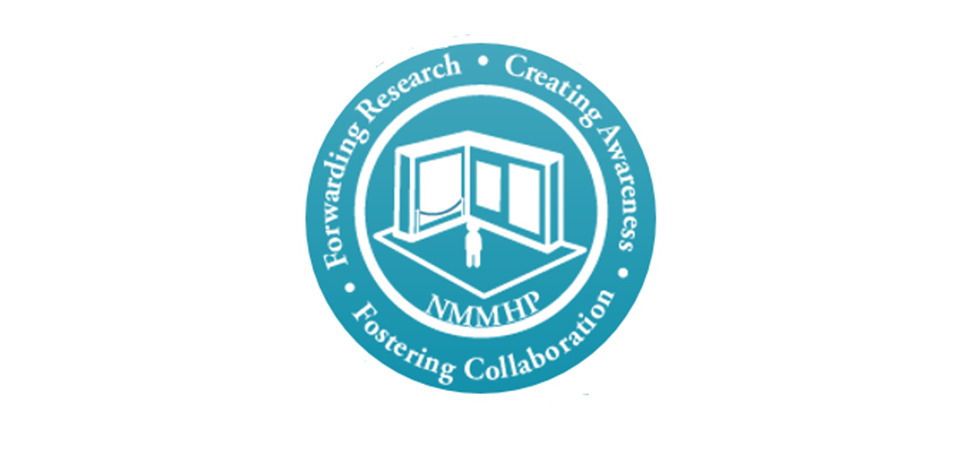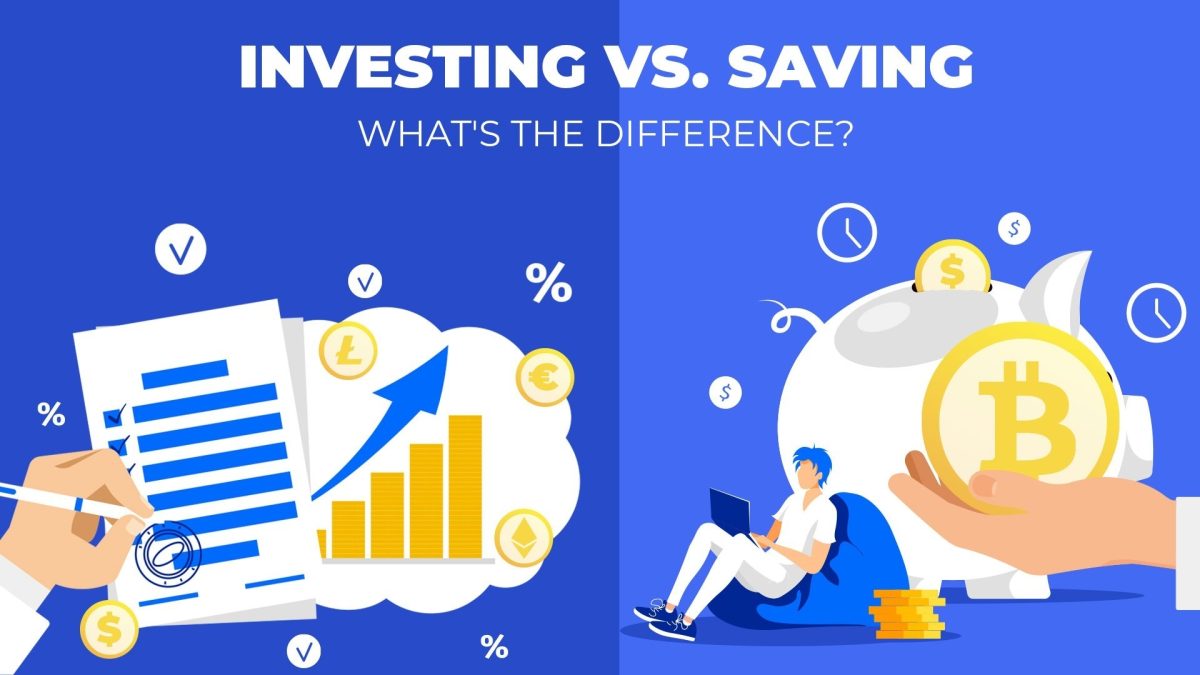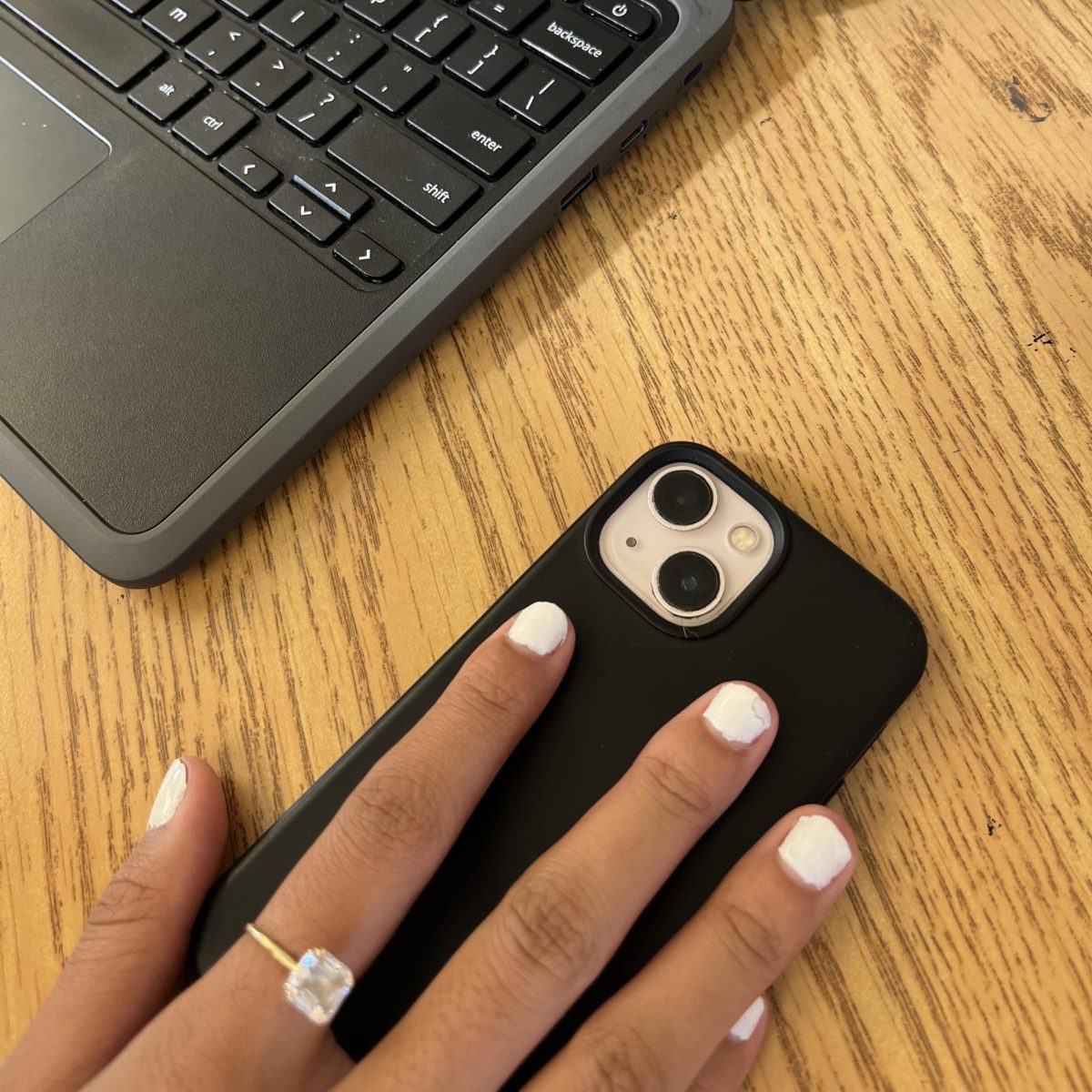When you hear the word “asylum,” what do you think of?
Those were the opening words of a documentary I created that would, unknowingly, be one to hard-launch me into the world of advocacy journalism beyond what I knew it to be.
Currently, I am a high school senior at NYC iSchool. In my junior year, I took a class called “Asylum,” which was centered around teaching students about the harsh history of treatment in mental health facilities and societal stigmas surrounding those who undergo mental illnesses. Our class had a partnership with the National Museum of Mental Health Project: An organization that “develop[s] and display[s] exhibitions by facilitating collaboration among artists, curators, mental health professionals, people with lived experience, and others who seek to share talents and knowledge.”
My documentary was one among three chosen by the NMMHP to be published as part of their “I Get It” exhibition.
My experience with the NMMHP has been educational, inspiring, and fulfilling beyond most moments in my journalism career. I am writing this article as not only a walkthrough of my experience taking “Asylum”, but as a way to display the doors that this partnership has opened up for my future career.
“Asylum”
I took this class the very first time that it was offered at the NYC iSchool. As somebody who specializes in investigative and advocacy journalism, taking a class that spoke about uncovering societal stereotypes around mental health and giving a voice to those who were unable to express their unfair treatment was right up my alley. Treena Thibodeau, the creator and teacher of this class, was inspired to create this class after reading the book Mad in America by Robert Whittaker.
“That’s actually how a lot of my classes start!” Thibodeau said. “I read a book and I’m interested in it, and I was shocked to learn that schizophrenia outcomes are worse in the United States than they are in developing nations, and I wanted to find out more about why.”
From educating ourselves on the mental health of unhoused people, mental health stereotypical misconceptions, to the history of asylums and their progression through time, the class covered a plethora of topics.
NMMHP Collaboration
I walked out of this class feeling far more enlightened and empathetic than I had originally — which was exactly what Thibodeau had hoped for by teaching Asylum. The goal was to bring the curriculum to the next level and have the extra layer of being relevant and an immersive real-world experience, which is how the National Museum of Mental Health came into play!
Thibodeau was thrilled to tell the story of how the partnership with the NMMHP emerged: “I love field trips and I wanted us to go on a trip, so I started looking to see if there were any museums dedicated to the history of mental illness and I was shocked that there really are not.”
They add on, “History has really been erased, and what the National Museum of Mental Health is doing is really important because they are trying to uplift those stories and discuss that history, and I reached out to them and they were very open to the idea of collaboration from the start.”
Due to this partnership, our class was able to use the outstanding resources provided by the museum to delve deeper into the facts of mental health and figure out how to target our intended audience of high schoolers like us. For our final project, we created documentaries highlighting the significance of education on mental health and its history.
My Experience with the NMMHP
I created my documentary with interviews from a social worker and two high school students who have been surrounded with people who struggle with mental health. My intention was to form something that would include my intended audience as well as a professional in the mental health field. In addition to my interviews, I included relevant issues such as recent announcements by Mayor Eric Adams and historical issues such as mistreatment in asylums.
The National Museum of Mental Health had interest in my documentary, and chose to publish it alongside others as part of their mental health advocacy project. Now, these documentaries can be found as part of their I Get It exhibition under the collaboration with our school.
Having this opportunity to publish my work outside of just my school community made me feel like a true advocate for what I believe in. I was able to send significant and beneficial information to audiences that I would have not been able to reach otherwise. Because of this, I will forever be grateful for the doors that the National Museum of Mental Health has opened for me.
The summer after my documentary was published, I kept in touch with the NMMH. After a few emails back and forth, I was offered yet another opportunity to conduct a press release on the NMMHP — which is exactly what this article is a part of! As Editor-in-Chief and leader of The iNews Network, I informed my reporters on what this project was all about and my experience with the museum.
My reporters were thrilled to take part in this, and along with this article, there are a couple more articles that delve into the exciting, eye-opening, and much needed avocation and events the National Museum of Mental Health holds — all of which are must-reads!
Future Classes
“Asylum” is still a class being taught at the NYC iSchool, and it seems to be one that is highly enjoyed.
Junior Naima Gomez agrees, “It was fun! The field trip was a lot of fun and was really enjoyable. The class was very much a 10/10 experience!” she says.
The class will continue to produce documentaries educating communities on mental health, which is all possible thanks to the National Museum of Mental Health Project being present as a resource and inspiration for mental health advocates everywhere.
“The class taught me way more about mental health in America and the history behind it,” Naima adds on.
You can find the documentaries students have made as part of their final projects here, and the remainder of the articles part of this press release below:
“Amazing program that explores songwriting and mental health!” by Parker Poma
“A deep dive into I Get It” by Micah Shapiro
“It’s okay to take a break” by James Corradi
Thank you, from the NYC iSchool community, to the founders and participants of the National Museum of Mental Health Project for allowing us all to take a step forward in the right direction and strengthen our advocacy when it comes to something as significant as mental health.
Be sure to read the articles that have been been published alongside this one to learn more about what the NMMH stands for and what other interesting events they hold!








